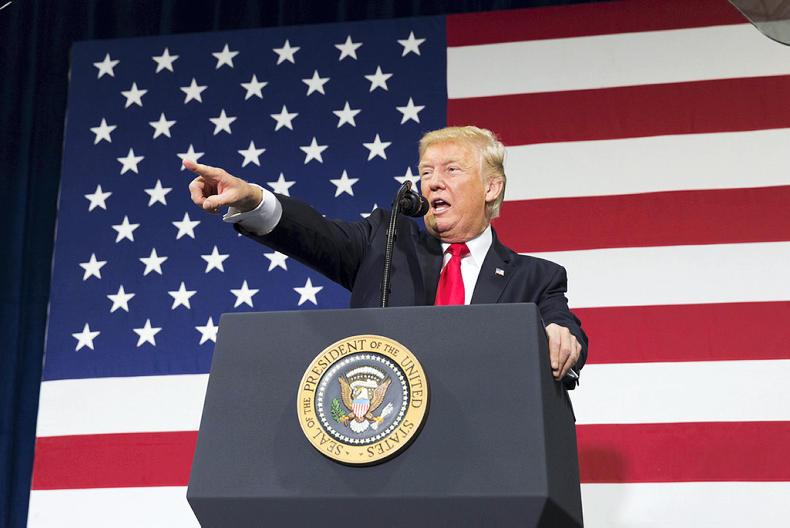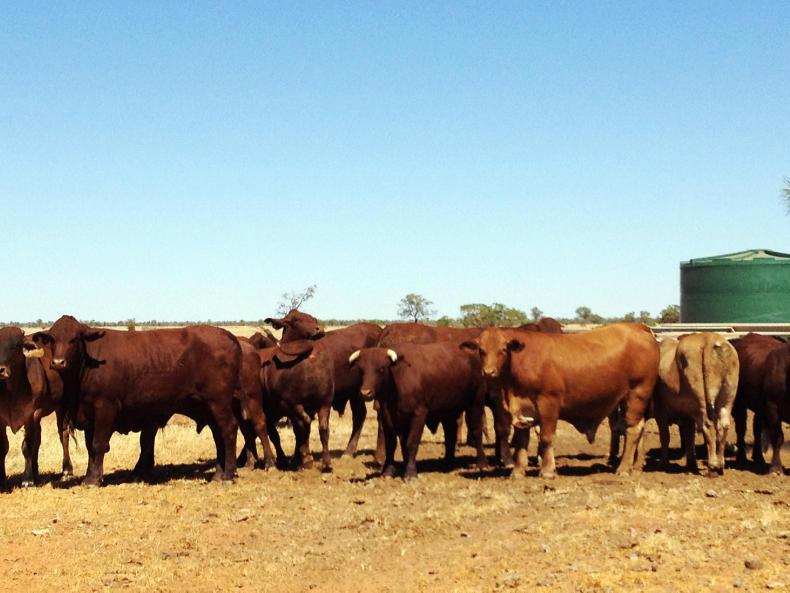One of the most likely pressure points for continued UK alignment with EU rules post-Brexit will be on the approach to access to the UK market for hormone-treated beef. Acceptance of chlorine-washed chicken has already been flagged as an issue in future UK-US trade negotiations. However, EU policy on using chlorine as a wash isn’t as absolute as it is with hormones in beef. EU rules permit limited use, whereas no type of growth promoting hormone is accepted either in EU production or in beef exported to the EU from third countries.
Now that Australia has flagged its intention to push for access to the UK for hormone-treated beef, that will be the second of the major countries identified by the Prime Minister in her Lancaster House speech at the start of last year as ones the UK would target for a trade deal. That means a decision will have to be made on UK policy in respect of hormones, with one view that if properly labelled, the UK would allow access and consumers could make the choice.
Divergence with EU
This would, however, be a clear divergence with Brussels and make a hard border with the EU27 inevitable. Basically, the UK will have to choose between alignment with EU rules for maximum free-trade agreement, or a reduced free-trade agreement and maximum flexibility to make its own deals with other third countries. Farmers’ interests in Scotland are best protected by closest alignment with the EU and have no great interest in seeing the UK opened up to meat imports from lower-cost third countries – even if hormone beef was excluded.
UK policy isn’t completely clear yet on approach to hormones. Trade Minister Liam Fox has indicated a relaxed approach, yet DEFRA minister Michael Gove has been robust in declaring that there will be no reduction of standards in the UK post-Brexit. In relation to the use of growth-promoting hormones this isn’t clear cut. We might assume that because they have been banned in the EU since 1988 that any reintroduction would be a dropping of standards. Yet there is no science that definitively says it would and they are banned in the EU from domestic production and imports as a precaution rather than a specific risk.
USA case to WTO
This was demonstrated in a long-running series of actions taken by the US against the EU at the World Trade Organisation (WTO), which provides an arbitration service in matters of international trade disputes. The US alleged that imposing a standard of having no hormones used in production meant that the EU was using it as a non-tariff barrier. The first ruling by the WTO in 1997 was against the EU on the basis that it hadn’t carried out a risk assessment and that a ban on hormone-treated beef was inconsistent with the EU’s Sanitary and Phytosanitary (SPS) agreement. The US imposed a series of high tariffs on a range of EU exports to the US of up to 100% of value.
For the next decade the EU and UA disputed the science on the impact of hormone-treated beef and the final ruling was produced by WTO in 2008, in what was described as a mixed judgement. The WTO found against the EU in banning beef imports from the US that had used growth-promoting hormones and approved a series of tariffs imposed by the US that would compensate for the estimated loss of business. At the same time the WTO ruled that the EU could maintain its ban.
High-quality beef quota
A resolution of sorts was arrived at in May 2009 with the signing of a memorandum of understanding (MOU) between the US and EU that created a High Quality Beef Quota (HQB) of 45,000t that the US could have access to in return for reduction of tariffs on EU imports to the US. This had to be hormone-free beef from steers and heifers under 30 months to qualify for this quota.
Initially, the US had almost exclusive access to this, but in recent times other countries have availed of it. In December 2016 the US Trade Representative (USTR) declared its dissatisfaction with the level of US access and threatened to revert to the pre-MOU position of 2009, with high tariffs on EU exports to the US. Recent discussions suggest that a portion of the HQB quota will be ring-fenced for exclusive US use.
The fact that the US and EU have been in dispute about market access being denied by the use of hormones gives some indication of the depth of the issue. A compromise of sorts has been arrived at with the EU, where the WTO allows a ban on imports but at a cost which involves retaliatory tariffs and a special quota for non-hormone beef access. However, issues around this are always at least simmering beneath the surface and the EU position on not allowing access for hormone beef was one of the major issues of conflict in the stalled TTIP negotiations, which were in trouble long before the election of President Trump.
All of this suggests that any future trade negotiation by the UK with the US, and now Australia, will have to confront this issue and it appears to be the famous red line for both countries. The UK will be forced to choose between EU and international standards, and either way there will be consequences for the decision.






 This is a subscriber-only article
This is a subscriber-only article










SHARING OPTIONS: